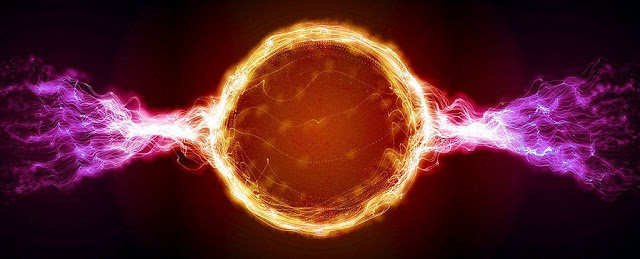 |
| Nuclear Fusion |
Nuclear fusion, the
process that powers the sun and stars, holds immense potential as a clean and
virtually limitless source of energy. Scientists and engineers around the world
have been engaged in a relentless quest to achieve controlled nuclear fusion reactions
on Earth. Let's explore the challenges, progress, and future prospects of this
groundbreaking endeavor.
- Unraveling the Mechanisms of
Nuclear Fusion: At its core, nuclear fusion
involves the fusion of atomic nuclei to release vast amounts of energy.
Unlike nuclear fission, which involves splitting heavy atomic nuclei,
fusion combines light atomic nuclei, such as hydrogen isotopes, to form
heavier elements. Replicating this process on Earth requires recreating
the extreme temperatures and pressures found in the cores of stars.
- The Promise of Clean and Abundant
Energy: One of the most compelling
reasons to pursue Nuclear
Fusion is its potential to provide a
virtually limitless source of clean energy. Unlike fossil fuels, which
produce greenhouse gas emissions and contribute to climate change, nuclear
fusion generates energy through the fusion of light elements like
hydrogen, producing only helium and negligible amounts of radioactive
waste.
- Overcoming the Challenges of Fusion
Reactors: Despite its promise, achieving
controlled nuclear fusion reactions poses significant scientific and
engineering challenges. The primary obstacle is confining and heating the
fuel plasma to temperatures exceeding tens of millions of degrees Celsius,
while simultaneously preventing it from coming into contact with the
reactor walls. Various experimental approaches, such as magnetic
confinement and inertial confinement, are being pursued to overcome these
challenges.
- Magnetic Confinement Fusion:
Magnetic confinement fusion involves confining the fuel plasma using
powerful magnetic fields to prevent it from contacting the walls of the
reactor. One of the most promising magnetic confinement devices is the
tokamak, a doughnut-shaped device that uses a combination of magnetic
fields to confine and heat the plasma to fusion temperatures. Projects
like ITER (International Thermonuclear Experimental Reactor) aim to
demonstrate the feasibility of magnetic confinement fusion on a large
scale.
- Inertial Confinement Fusion:
Inertial confinement fusion involves compressing and heating small fuel
pellets using high-powered lasers or particle beams to induce fusion
reactions. This approach mimics the extreme conditions found in exploding
stars, known as supernovae, where fusion reactions occur naturally.
Facilities like the National Ignition Facility (NIF) in the United States
are dedicated to advancing inertial confinement fusion research.
- Progress and Milestones:
Despite the formidable challenges, significant progress has been made in
the quest for controlled nuclear fusion reactions. Experimental fusion
reactors have achieved important milestones, such as producing sustained
plasma confinement and achieving fusion reactions that release more energy
than is required to initiate them, known as ignition. These achievements
represent critical steps toward the eventual realization of practical
fusion power plants.
- International Collaboration and
Cooperation: The pursuit of controlled nuclear
fusion reactions is a global endeavor that transcends national boundaries.
International collaborations, such as ITER, bring together scientists,
engineers, and policymakers from around the world to advance fusion
research and development. By pooling resources, expertise, and
infrastructure, these collaborations accelerate progress and foster
innovation in fusion science and technology.
- The Path Forward:
While challenges remain, the outlook for controlled nuclear fusion
reactions is optimistic. Advancements in plasma physics, materials
science, and engineering are paving the way for the development of
practical fusion power plants capable of supplying clean, abundant, and
sustainable energy to meet the world's growing needs. With continued
investment, collaboration, and dedication, the quest for controlled
nuclear fusion reactions holds the promise of a brighter and more
sustainable future for humanity.
In conclusion, the
quest for controlled nuclear fusion reactions represents a monumental
scientific and technological challenge with the potential to revolutionize the
way we generate and consume energy. Despite the formidable obstacles, progress
is being made, and the pursuit of fusion power continues to inspire and unite
scientists, engineers, and policymakers worldwide in their shared vision of a
cleaner, safer, and more prosperous future powered by nuclear fusion.
